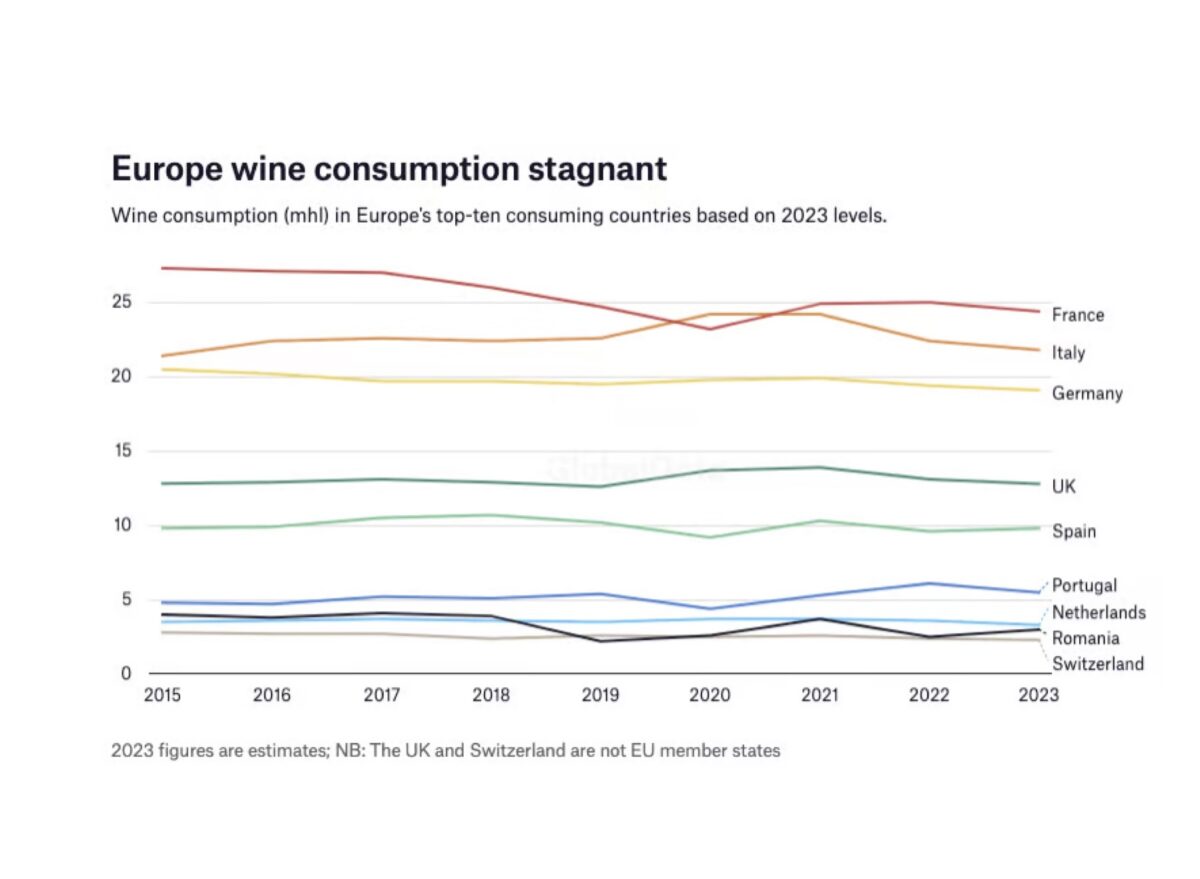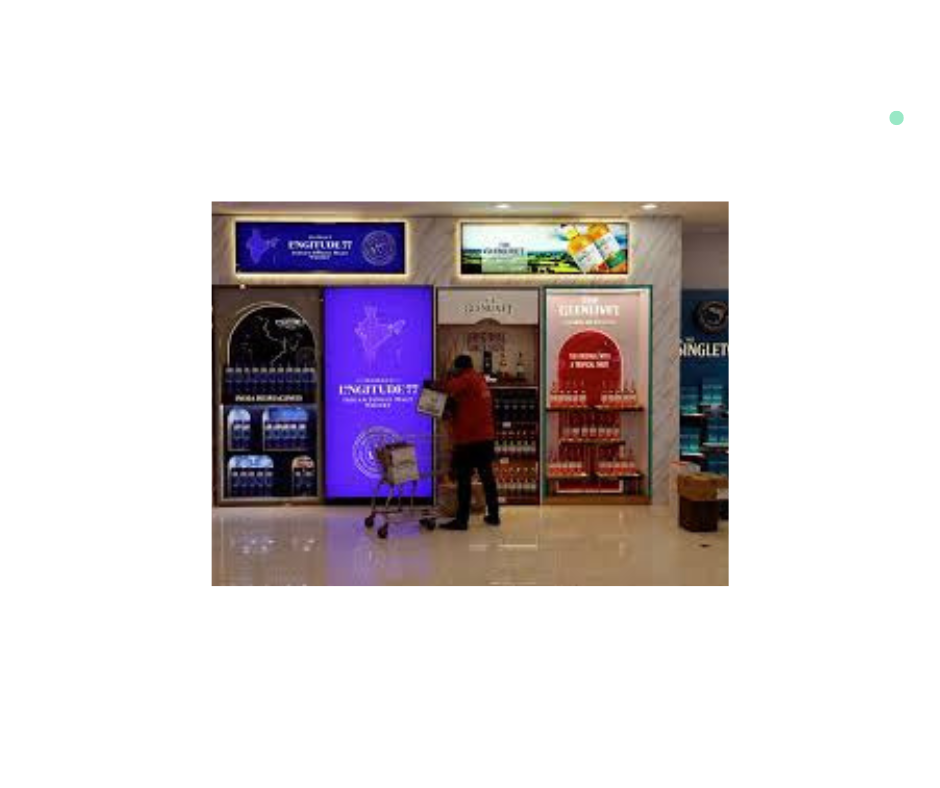The Miller Family Wine Company recently introduced AI-powered sommelier technology on its website. This advancement underscores the company’s digital vision and solidifies its role as a pioneer in the application of artificial intelligence within the wine industry.
MFWC’s AI Sommelier represents a transformative development, fundamentally altering how consumers browse and purchase wine. Utilizing state-of-the-art autonomous AI-powered agents, the AI Sommelier provides fast, personalized recommendations tailored to individual palates. It delivers detailed tasting notes, comprehensive accolades, and expert reviews directly to users. Available 24/7, this innovative tool offers an unparalleled shopping experience, enabling wine enthusiasts to explore and acquire wines with unprecedented ease and confidence.
“We are thrilled to announce the launch of our AI-powered sommelier—the fastest, most intuitive way to learn and shop for wines,” shares Nicholas Miller, Chief Sales and Marketing Officer at MFWC. “Using advanced technology, the AI Sommelier takes the complexity out of choosing the perfect wine, providing detailed comparisons, reviews, tasting notes, and even pairing suggestions so everyone can make informed decisions effortlessly—anytime, anywhere. It’s primed to set a new standard for digital wine retail, and we couldn’t be more excited to share this innovative technology with consumers.”
MFWC’s AI Sommelier is available online at www.millerfamilywinecompany.com, accessible via the small icon in the bottom right corner.





